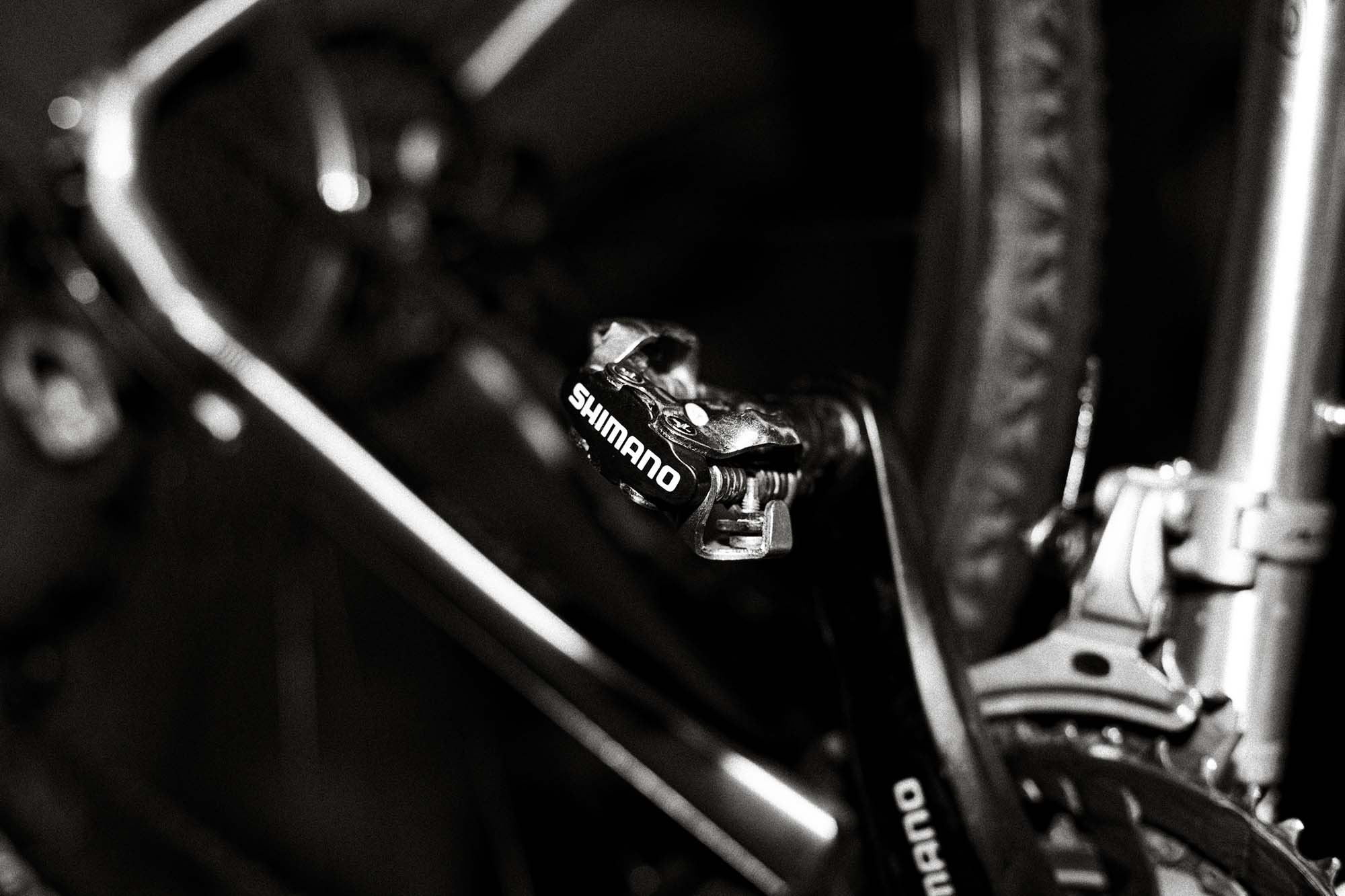· Chris Hammond
Last Updated
Bicycle Maintenance Tips and Instructions
Keep your bike running smoothly with regular maintenance. Follow these essential steps for cleaning, lubrication, tire check, brake and drivetrain inspection.

Bike Maintenance Instructions:
- Cleaning:
- Regular cleaning is an essential part of bike maintenance. Before performing any maintenance, you should start by cleaning the bike frame, chain, gears, and other parts.
- To clean the bike, you’ll need a degreaser and a soft cloth. Apply the degreaser to the areas that need cleaning, such as the chain, gears, and frame, and scrub gently with the cloth.
- This will help remove grime and dirt that can build up over time. Once you’ve finished cleaning, rinse the bike with water to remove any leftover degreaser.
- Lubrication:
- After cleaning, you should lubricate the chain and gears.
- A good lubricant will help protect the metal parts from rust and corrosion, and it will also make the bike run more smoothly.
- Apply a few drops of lubricant to the chain, and then use a clean cloth to spread it evenly. Be sure to lubricate the gears as well, especially those that are exposed to the elements.
- Tires:
- Check the tires for proper pressure and inspect them for damage or wear.
- If you’re using a road bike, you should aim for a pressure of around 100-130 psi, while mountain bikes typically require a lower pressure of around 30-50 psi.
- If the pressure is too low, use a pump to fill the tires to the correct level.
- Check the tires for cuts, punctures, or other signs of damage, and replace the tire if necessary.
- Brakes:
- Check the brake pads for wear and adjust if needed.
- If the brake pads are worn down to the metal, they will need to be replaced.
- Check the brake cables as well, and make sure they are tightened properly.
- If the brakes are not functioning properly, you may need to take the bike to a professional mechanic for a more in-depth inspection.
- Drivetrain:
- Check the tightness of the bolts on the crank arm, pedals, and bottom bracket, and tighten any that are loose.
- Check the gears to make sure they are shifting smoothly.
- If the gears are not shifting properly, you may need to adjust the derailleur.
- Steering:
- Check the tightness of the stem bolts, headset, and handlebar, and tighten any that are loose.
- Make sure the handlebars are positioned correctly, and that the bike is easy to steer.
- If the steering feels loose or wobbly, you may need to take the bike to a professional mechanic for further inspection.
- Suspension:
- If your bike has suspension, it’s important to check it regularly to make sure it’s functioning properly.
- Check for proper suspension function and adjust accordingly.
- If the suspension feels stiff or bouncy, you may need to make some adjustments.
- Wheel true:
- Ensure that the wheels spin straight and true.
- If the wheels are not true, you may need to make some adjustments to keep the bike riding smoothly.
- Chain wear:
- Over time, the chain will start to wear down and stretch.
- To check for chain wear, use a chain wear indicator tool.
- If the chain is worn, it will need to be replaced to avoid damage to the gears.
- A worn chain will cause shifting problems, so it’s important to replace it promptly.
- Final Inspection:
- After performing all the above checks and maintenance, give the bike a final inspection.
- Test ride the bike to ensure it is running smoothly and everything is functioning properly.
- Check the brakes, gears, and steering, and make any necessary adjustments.
- If anything seems out of place, take the bike back to a professional mechanic for further inspection.
Note: Regular maintenance is important to keep your bike running smoothly and to extend its lifespan. If you are unsure about performing any of these maintenance tasks, take the bike to a professional mechanic for assistance.
 Chris Hammond
Chris Hammond 


